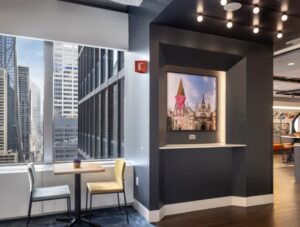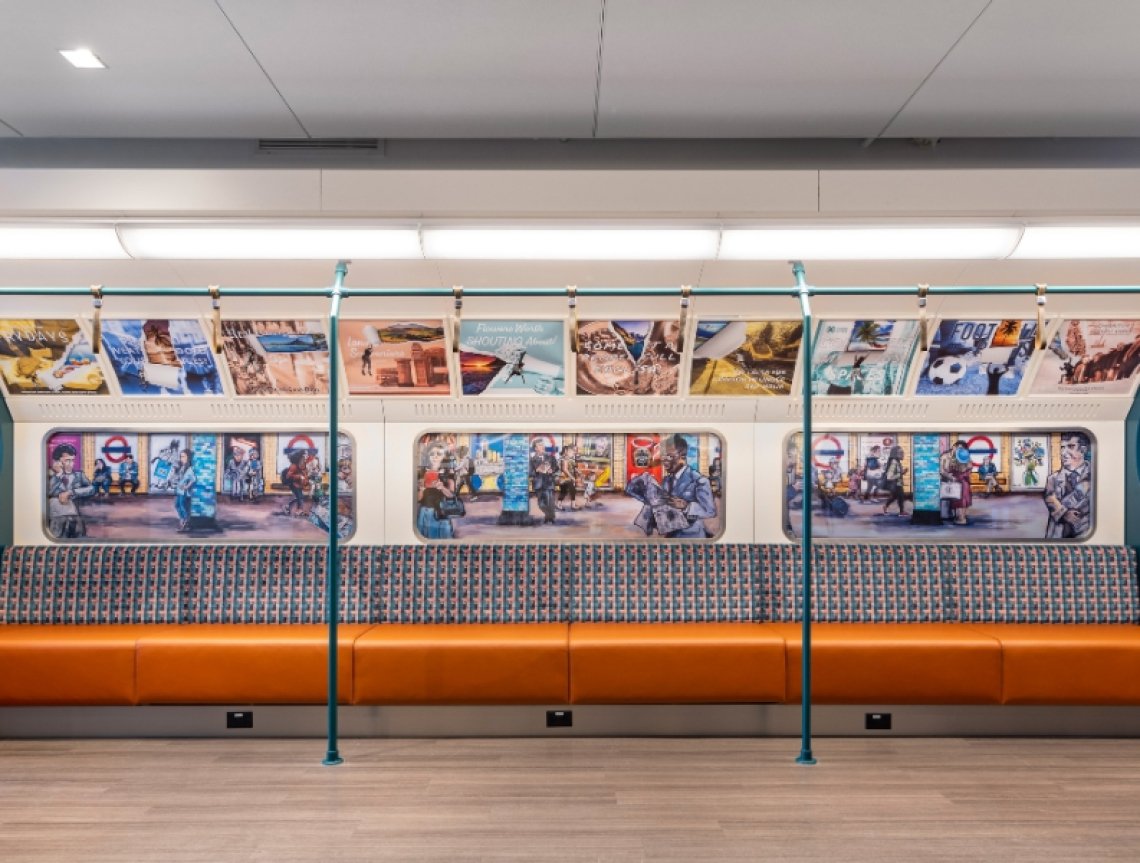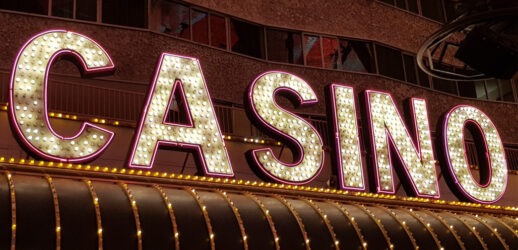IACC’s Meeting Rooms of the Future Trends Report shows rising desire for meaningful experiences
Meeting professionals are increasingly turning to unique venues to help design meaningful experiences, according to the 7th annual International Association of Conference Centers (IACC) Meeting Rooms of the Future Trends Report released in June. The report surveys meeting planners from all over the world on their priorities for venue selection in a wealth of categories, including meeting space design, technology, food and beverage and social impact at small to midsize business events—the largest part of the industry overall, but also the most underreported.
In 2023, they heard from a total of 275 meeting planners across four regions: the Americas, Europe, Africa, and the Australia-Asia-Pacific region. Respondents represent a variety of sectors of the industry, from corporate event planning to academia to non-profits.
Smart Meetings spoke with Mark Cooper, CEO of IACC, to break down the survey results and understand how we can apply them to our venue selection.
Curating an Experience
One thread that stood out across multiple categories was the drive to create experiences that stand out, or, as we might term it: experience curation.
Meeting planners have a unique opportunity to combine elements that tap into people’s senses: lighting, audio and acoustics, the feel of the air and the ambiance of a space, to design meaningful experiences that invigorate and inspire people.
Read More: Hear the Event
“Even if we are tired of using the word ‘experiences,’ what we’re really talking about here is creating memories,” says Cooper. “For individuals, it does two things: It gives a legacy for the investment in time and energy to get to the event. It also helps create brand value and attachment to that organization’s event. You’re much more likely to do something with what you learned or the relationships you’ve built after you’ve attended a memorable event.”
The survey showed a shift from more traditional venues like hotels and conference spaces to alternative venues. It showed a rising importance in the adaptability of a space to suit a meeting’s needs.
According to Cooper, the venue types which attendees report feeling most inspired by are those that have a high quality of design, especially in terms of acoustics, lighting and the stylistic environment of the space.
The Spaces Where Memories Are Made
Some of IACC’s certified venues are incredibly creative, Cooper says. “They could be castles in Sweden, chateaus in France.” The report offered examples of vineyards and museums. They provide top-end technology, high-quality socializing and dining spaces and are distinctively un-traditional. Now that’s memorable!
The message to meeting professionals is this: you don’t need to build memorable experiences from scratch—and you don’t have to fit your meeting into a box. “There are some incredibly inspiring venues and setups that are already established,” Cooper advises. By turning to alternative venues, you can reduce your carbon footprint (it’s much more sustainable to use a venue already built and which will be used time and again for events after yours). You also regain much-needed time and energy once you don’t have to invest so much into designing your space from scratch.

Read More: New and Renovated: Putting on the Ritz
Underlying all of that, Cooper says, “It’s about choosing the right environment for your meeting. Sometimes that might be a hotel or an urban conference center, or it might be a chateau. We’ve seen gravitation to spaces that inspire, and they are those venues that invest in all aspects, inside and outside the meeting room.”
Cooper lauded ETC Venues in New York as an example. They boast three design-led urban day centers which are meticulous at delivering the best service, lighting, acoustics and technology.
Cooper also recommends Benchmark Pyramid Hospitality, which has venues in Europe and the United States. Their venues are vineyards, ranches and other outdoor environments, which create meaningful experiences while also providing the necessary space for adult learning and team development.
But What About the Zoom Room?
Hybrid or virtual event spaces undeniably have become an integral part of meetings. Sometimes, people who can’t attend an in-person event will attend it virtually. The question is, how do you give an in-person experience to online viewers?
Short answer: you can’t. Rather than try to replicate an in-person event through an online platform, Cooper advises meeting planners to view virtual or hybrid offerings as a “deliberate platform to demonstrate a sense of value from a content perspective that inspires [viewers] to want to be there and get the complete package in the future live.”
Streaming doesn’t replace or replicate live events; instead, “live events are becoming digitally charged.”
Read More: Why In-Person Events Came Back in a Big Way Post-Pandemic
Bringing People Together
The importance of experience curation isn’t new. It’s been on the rise for at least the past half-decade. Cooper shared IACC’s adage: “It’s no longer your parents’ meeting.”
People have been seeking different environments. Especially after the pandemic, they want room to spread out, walk around, be outside, or be in a room lit by sunlight streaming through windows.
“Habits that have come from the pandemic aren’t showing any signs of waning,” Cooper says. And who wants to sacrifice more personal space or more time in nature when that’s proven accessible?
Importantly, people feel an urge to be more active—to attend a meeting where they can move around and get engaged instead of listening to people talk about how to get engaged. They want to solve a problem with their team in real-time rather than learn about problem-solving.
The 2023 Meeting Rooms of the Future Trends Report reiterates the critical point that, as meeting planners and hospitality professionals, we strive to “create experiences that [attendees] can’t get anywhere else, and bring people together.”
Read More: Heart & Mind: Call to the Wild





